Imperial National Wildlife Refuge
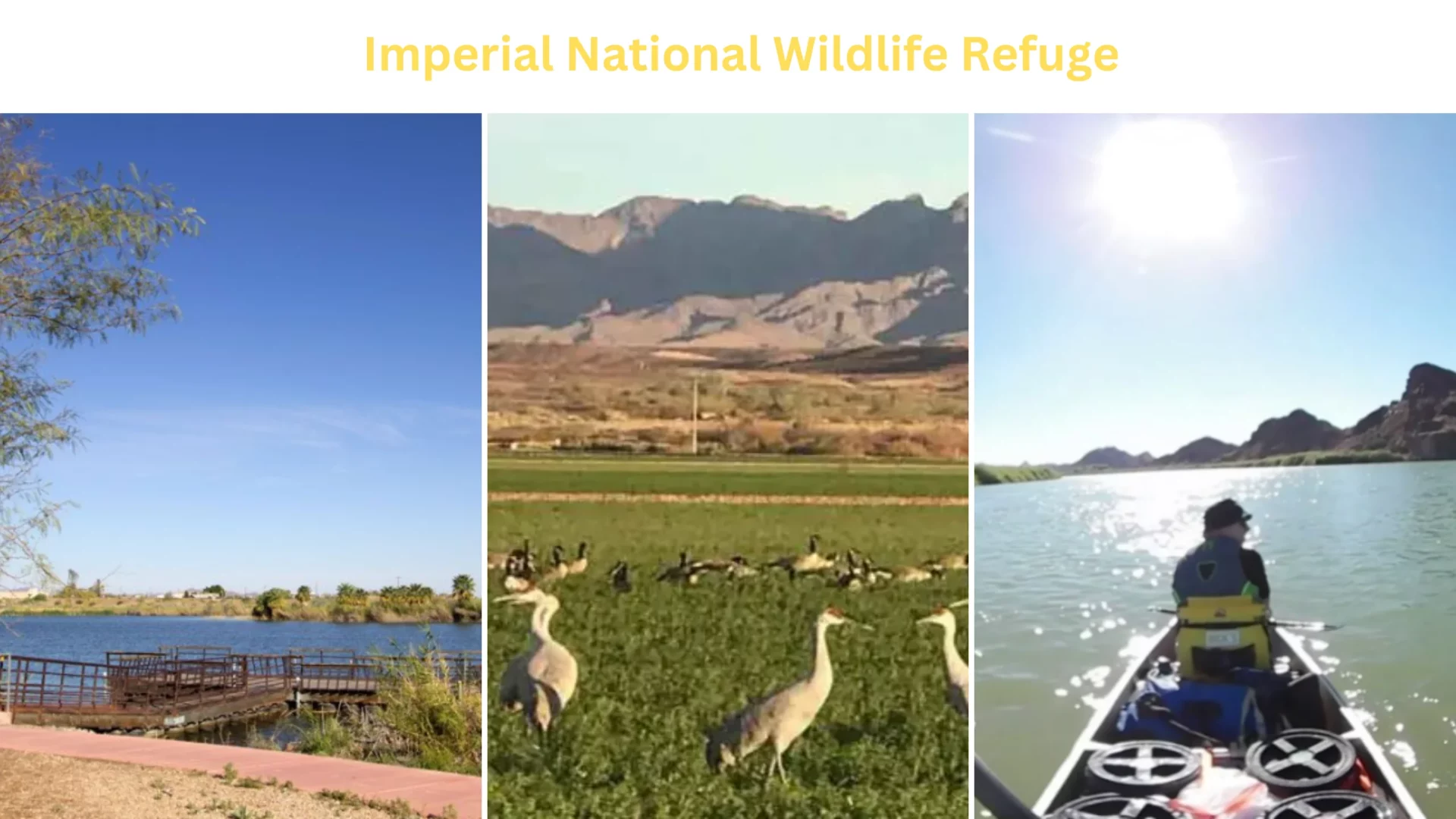
Imperial National Wildlife Refuge habitat along a portion of the California and Arizona section of the lower Colorado River stretching over 30 kilometres is protected. It is the last stretch of the river before it is channelized and goes into Mexico.
In sharp contrast to the arid mountains, a verdant paradise is created on all sides by the river and the backwater lakes and marshes it connects to. The trail runs for about 30 miles along the lower Colorado River in Arizona and California Imperial National Animal Refuge, which serves to preserve animal habitats.
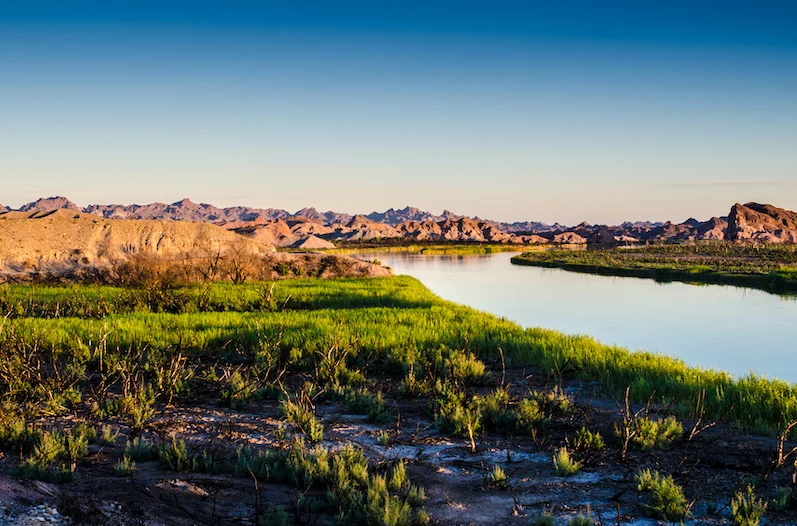
Source: Pinterest
It is the last stretch of the river before it is channelized and goes into Mexico. In sharp contrast to the arid mountains on all sides, The River and the lakes and marshes linked with its backwaters create a verdant wonderland.
A short distance away, you’ll find both the Imperial National Wildlife Refuge and the Picacho Peak Wilderness, both of which are also under the care of the Bureau of Land Management and are just as lovely as this park.
Boating At Imperial National Wildlife Refuge

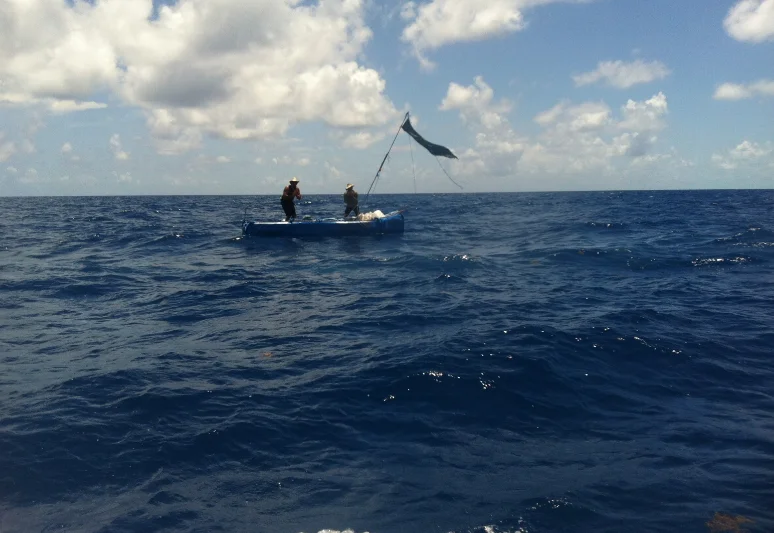



Source: Pinterest
When the weather warms up in Indian Pass Wilderness’s desert and wilderness areas, sightseers and campers head to the Colorado River for cooling down and recreation. Many people are looking forward to the many boating options the river provides.
Visitors to the river frequently use powerboats, canoes, and kayaks. The river is calmest in the fall and early spring, making those times ideal for paddling a canoe or kayak.
Hunting At Imperial National Wildlife Refuge
Hunting enthusiasts interested in pursuing a game can do so at the adjacent Picacho State Recreation Area, which offers various hunting options. The park is open to hunters beginning half an hour before daybreak and staying open until sundown when hunting season is in effect.
The use of shotguns for hunting is permitted in the park, but the only species that can be pursued are migratory game birds and quails. It is against the rules to hunt any other kind of game in the park.
Wildlife At Imperial National Wildlife Refuge
Indian Pass Wilderness is the location of several creatures not found anywhere else in California due to its proximity to the Arizona desert and the Colorado River. The tree lizard, the Colorado River toad, and the big plains toad all fall under this category.
Mule deer can also be seen running around in the woods. In the park’s mountainous regions, desert bighorn sheep can be found. Burros and wild horses are typical sights in the park as well.
Hiking At Imperial National Wildlife Refuge
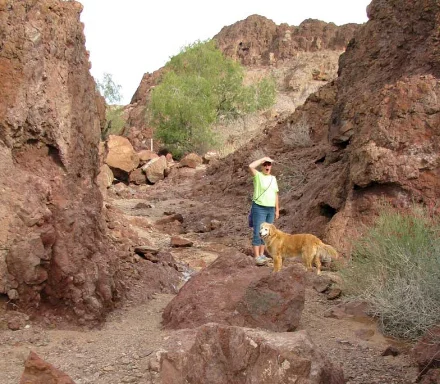
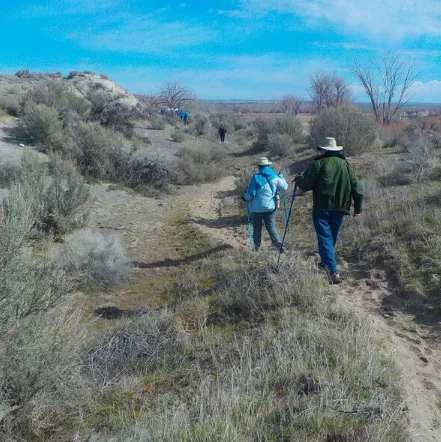



Source: Pinterest
Due to its accessibility for backcountry adventures, Indian Pass Wilderness is a popular destination for hikers and backpackers. Visitors interested in exploring the vastness of this BLM wilderness will find fantastic opportunities in the park’s deep-sloping canyons and jagged peaks.
Look for old paths that may have been used by the indigenous peoples who once lived here. Those venturing into the bush should bring paper maps and a global positioning system device.
Fishing At Imperial National Wildlife Refuge
Anglers like to go to the Colorado River after spending time in the wilderness in Indian Pass Wilderness. On the sides of the river and in boats, there are many places to catch a wide range of fish.
Largemouth bass, rainbow trout, walleye, black crappie, and channel catfish are all types of fish. Even though the fishing season is from March to November, the best time to go bass fishing on the river is between March and May. Licenses are needed to fish.
Address: 12812 Wildlife Way, Yuma, AZ 85365, United States
Open-Closes: 8 am-4 pm
Phone: +1 928-783-3371
Area: 104.3 km²
Established: 1941
Management: U.S. Fish and Wildlife Service
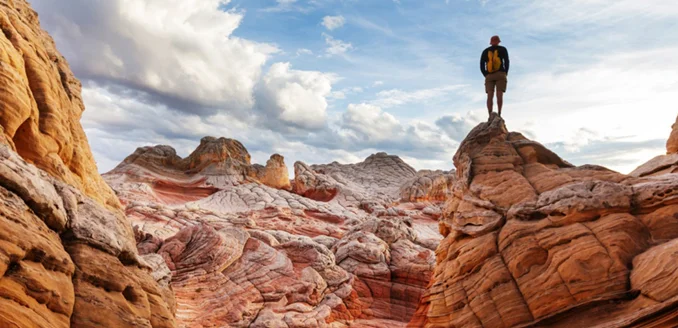
Source: Pinterest

You must be logged in to post a comment.